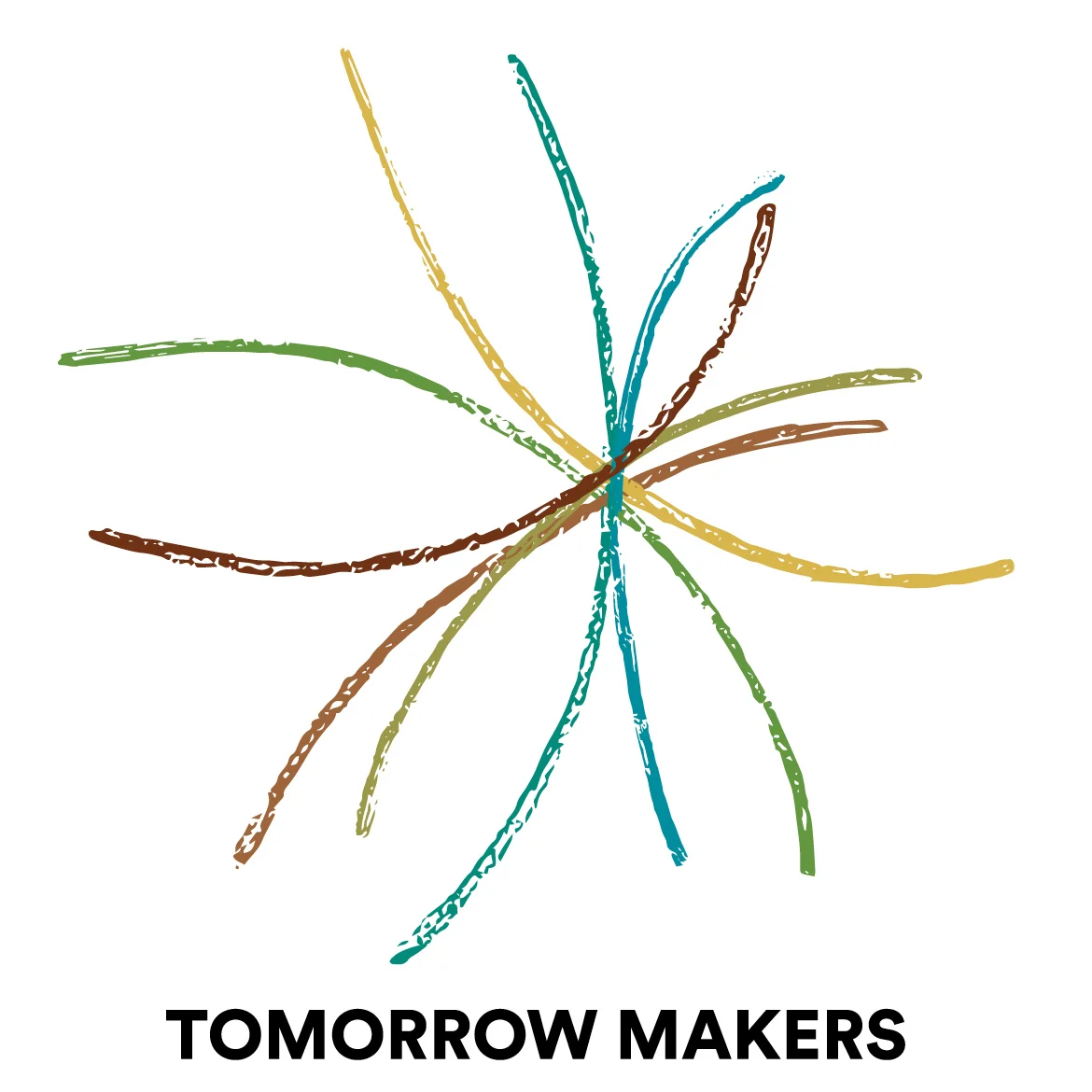Emergence
/"The impossible has a kind of integrity to it which the merely improbable lacks."
Douglas Adams, The Long Dark Tea-Time of the Soul
Last week I wrote about creating a "See What Happens Day". This idea emerged out of a group conversation where members were exploring tipping point events and other happenings that occurred between 2056 and 2006. 150 people in teams of six were remembering those events that solidified a new paradigm -- one based on living systems, design science, complex, adaptive systems ... the elements of complex systems. This new paradigm enabled a healthier, more democratic and sustainable world to form.
Nora Bateson, an ISSS participant, gave the report for her team and spoke of the See What Happens Day. When I asked her to recount where the idea came from, this was her response: "You created the birthing structure through your challenge of backcasting. This created the challenge giving our group permission to generate and play within a larger context. It was me that suggested "see what happens day" to the group, but clearly it came forth from our conversation like "the house that jack built"...
Nora's idea got lots of applause and for me, a clear sense of "Yes!" This is a viable, valuable idea. Of course it would be a challenge and one that might take a few years to form and unfold... but it seems so logical. My mind raced back through time to the New York black out when strangers became community. It reminded me of Katrina and despite the warnings and simulations that gave clear instructions for how to evacuate and what to watch out for, most of all the reports and warnings went unheeded. And after 911 a model has been established to create simulations for protecting cities and regions. See What Happens Days can bring home the reality of our global environmental crisis.

The future is rational only in hindsight. –MG Taylor axiom, 1983
To me, emergence is one of the most wonderful happenings in the Universe. One of the dictionary definitions...


